There has never been an ocean liner as fabulously glamorous as the S.S. Normandie. She was the largest, fastest and costliest passenger ship afloat at the time of her maiden voyage in 1935, when the crossing from Le Havre to New York took precisely four days, three hours and 14 minutes, but what distinguished her from even her fellow French Line vessels was her panache – inside and out. An innovative and hydrodynamic clipper-like bow gave her a stylish profile, while the public spaces – which were, unusually, largely dedicated to the first-class passengers – were palatial. These interiors were also triumphantly ‘Moderne’, from the dazzling Lalique glass-lined dining room longer than the Hall of Mirrors at Versailles, to Jean Dunand’s gilded eggshell lacquer Smoking Room and the Grand Salon with its verre églomisé (gilded glass) panels designed by the muralist Jean Dupas and made by Jacques-Charles Champigneulle.
Ostensibly illustrating the history of navigation, these soaring, 622cm-high corner panels incorporate fantastical vessels and mythical sea creatures into four classical nautical themes – the Birth of Aphrodite, the Rape of Europa, the Chariot of Thetis and the Chariot of Poseidon. The painstaking verre églomisé technique required the scenes to be painted on the reverse of plate-glass panels: gold, silver and silver-white palladium leaf was then laid over the top, and backed with canvas, to create a luminous, honeyed gold effect. As Harold Nicholson wrote to his wife, Vita Sackville-West: ‘The whole place is like a setting for a ballet. Choruses of stewards, sailors, fireman, stewardesses, engineers. There are also some fifty liftiers in bright scarlet who look like the petals of salvia flying about those gold corridors. That is the essential effect – gold, Lalique glass and scarlet.’
Each of the verre églomisé scenes were composed of a mosaic of smaller glass panels, each anchored by bronze brackets at their corners. This composite form was to prove the murals’ salvation. For in 1939, after the fall of France, and after just four years at sea and 69 crossings, the Normandie found herself stranded in New York Habour. Four days after Japan bombed Pearl Harbour, President Roosevelt commandeered the ship and her precious Art Deco interiors were dismantled at speed. The newly named S.S. Lafayette was, however, never to leave Pier 88, for a spark from a welder’s torch caught the kapok lifejackets temporarily stored in the Grand Salon and the ship went up in flames.
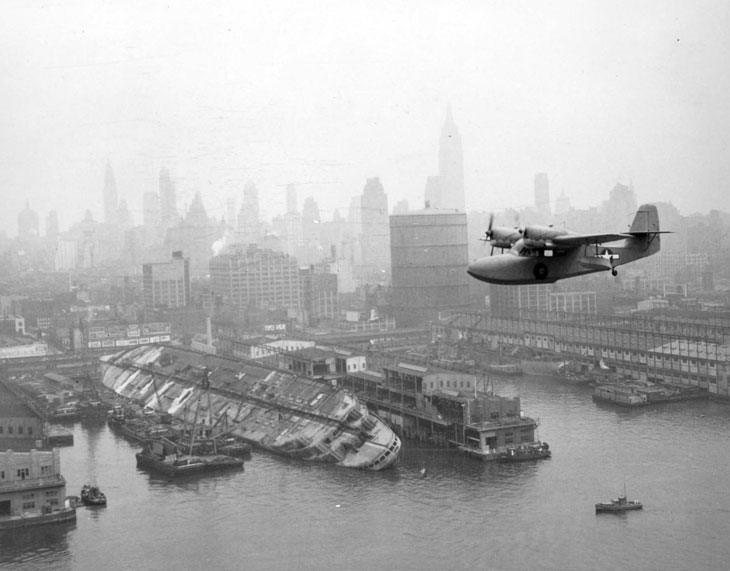
A U.S. Coast Guard Grumman J4F Widgeon flies over the wreckage of the USS Lafayette (AP-53) at Pier 88, New York harbor, on 12 August 1943. Photo: Wikimedia Commons
Astonishingly, many of the Normandie’s works of art survived and returned to France, emerging from storage to be auctioned off piecemeal in the early 1960s. The largest existing ensemble of Dupas’s panels, the Chariot of Poseiden, was given to the Met in New York in 1976, while the Chariot of Aurora, which separated the Smoking Room and the Grand Salon, found its way to the Carnegie Museum of Art, as did the great bronze and red lacquer doors between them. As for the rest of the panels, they occasionally turn up on the market as singletons, pairs or in small groups. They are trophies keenly contested by collectors of Art Deco and maritime history alike.
One of the many and various collecting passions of the late Malcolm Forbes was model ships. In 1981, just hours before his son Robert’s marriage, he dashed off to bid on a set of eight panels from the Birth of Aphrodite to present to the happy couple, securing them for the then record price of $99,000. No doubt he was attracted to the imagery of rigging and fluttering flags. For many years, they lined the entrance hall of the Forbes Collection galleries in New York, but have been in store since the galleries closed in 2014. Now they return to the auction block at Sotheby’s in New York on 6 June. Another set of 10 panels from the same scene fetched a record $512,500 in 2009. These eight come with expectations of around $1m.
The ‘Important Design’ sale takes place at Sotheby’s New York at 11am on 6 June 2017.
Visit Apollo Collector Services for the best information and advice about managing an art collection.
Unlimited access from just $16 every 3 months
Subscribe to get unlimited and exclusive access to the top art stories, interviews and exhibition reviews.

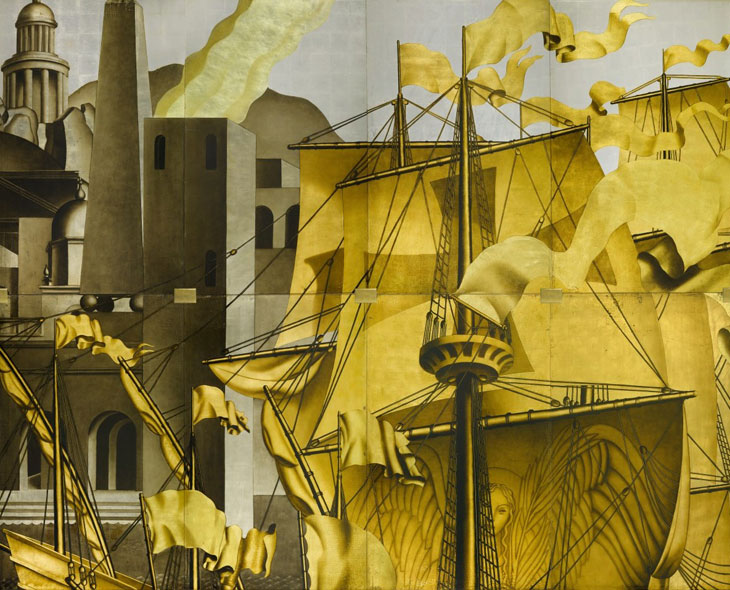
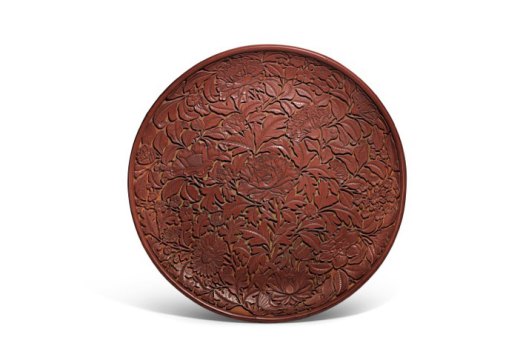
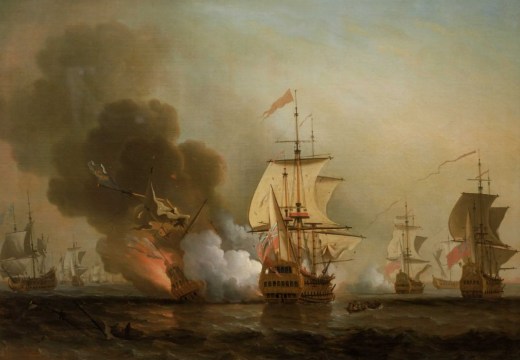
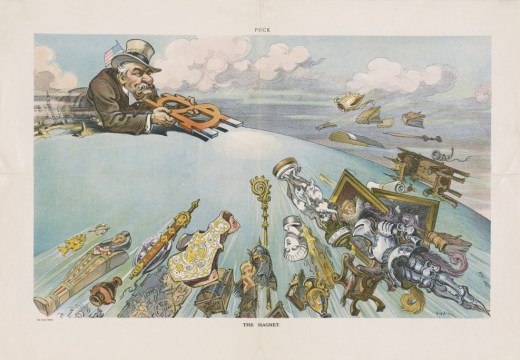









![Masterpiece [Re]discovery 2022. Photo: Ben Fisher Photography, courtesy of Masterpiece London](http://www.apollo-magazine.com/wp-content/uploads/2022/07/MPL2022_4263.jpg)
It’s time for the government of London to return to its rightful home